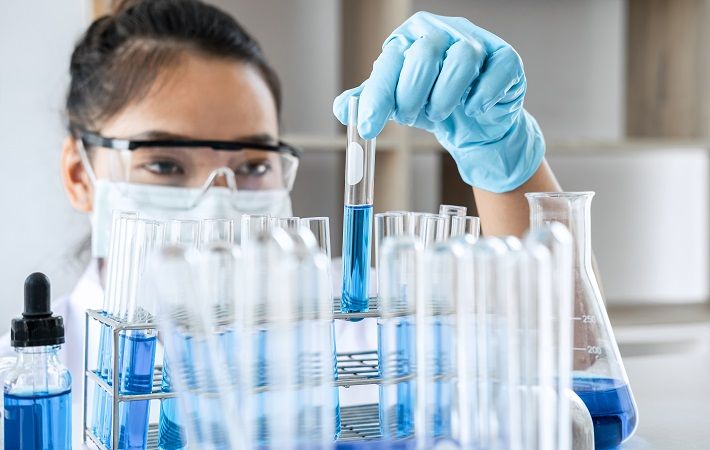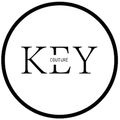Interviews
News Flash
Swiss firm Bluesign completes 2021 revision of chemical substances
07 Jul '21
3 min read

Pic: Shutterstock
Bluesign, a Swiss solution provider for sustainable textile production, has revised all its chemical substances. The company’s new criteria that came into effect on July 1, 2021, incorporates new scientific knowledge on toxicological and ecological profile of substances, new legal classification of chemical substances, and new legal consumer safety limits.
Further, the criteria also includes revised risk assessments based on the Bluesign criteria for chemical assessment, feedback from experts of the Chemical Expert Group (CEG) as well as new analytical standards.
The revision covers all the updates to the restrictions for chemical substances published in: BSSL (Bluesign System Substances List); BSBL (Bluesign System Black Limits); and Bluesign RSL.
The BSSL specifies limits for chemical substances in articles (consumer safety limits). While BSBL specifies threshold limits for chemical substances in finished chemical products such as auxiliaries or dyes. The compilation of substances in the BSBL includes all substances for which a precautionary hazard-based threshold limit is defined. The Bluesign RSL is an extract of the BSSL and contains consumer safety limits and recommended testing methods for the most important and legally restricted substances in textile and leather articles and accessories.
Bluesign's 2021 revisions include the following updates: restriction for free aniline content in chemical products have become more stringent. Aniline reduced indigo is now a must for Bluesign Approved indigo types. Aniline is restricted in other dyes and auxiliaries with a limit of 500 mg/kg; following the Bluesign philosophy that residual monomers play a very important role in eliminating hazardous chemicals in the textile supply chain, a usage ban was defined for N-methylolacrylamide and 1-vinylimidazole; for 2-pyrrolidone, a solvent used in inks, a consumer safety limit was defined. The mid-term goal is to define a usage ban for this solvent which has to be classified as toxic for reproduction according to recent studies and; for similar reasons, 2-Butanone oxime which is classified as a carcinogenic substance and already listed on BSSL – consumer safety limits, is now under more stringent observation by Bluesign. The free content of this substance which is used as a blocking agent for polyurethanes, is now limited in chemical products. A total usage ban of this substance as a blocking agent is planned by Bluesign.
The company said that revised BSBL is valid for all new Bluesign Finder registrations from July 1, 2021. Whereas, for already existing Bluesign Approved chemicals, a transition period until July 1, 2022, is valid to comply with the revised sections.
As a support for all Bluesign System Partner companies, along with the RSL, a testing matrix to be used as a guide for appropriate testing of articles such as textiles is also available in template format in Bluesign Cube.
Fibre2Fashion News Desk (JL)
Popular News
Leave your Comments
Editor’s Pick
































-Ltd..jpg?tr=w-120,h-60,c-at_max,cm-pad_resize,bg-ffffff)





.jpg?tr=w-120,h-60,c-at_max,cm-pad_resize,bg-ffffff)
.jpg?tr=w-120,h-60,c-at_max,cm-pad_resize,bg-ffffff)






